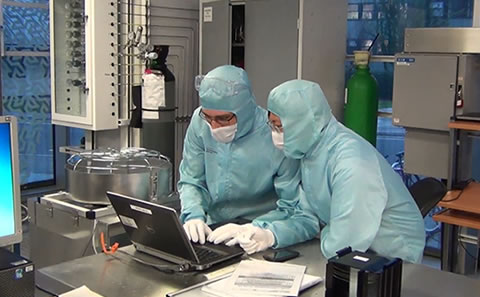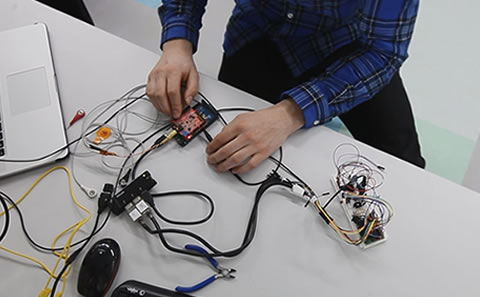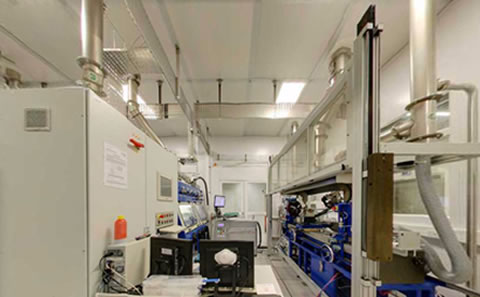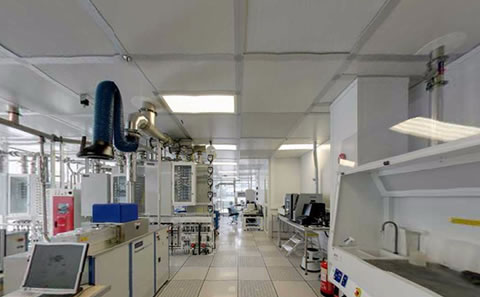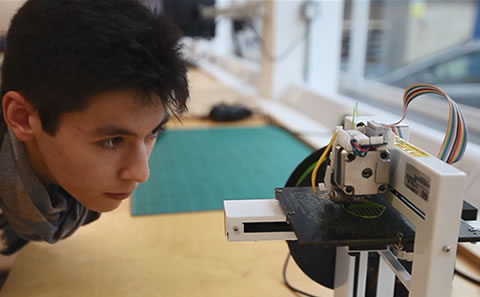
Facilities
Lorem ipsum dolor sit amet, consectetur adipiscing elit. Nondum autem explanatum satis, erat, quid maxime natura vellet. Sed quae tandem ista ratio est? Ita relinquet duas, de quibus etiam atque etiam consideret. Duo Reges: constructio interrete. Sedulo,
